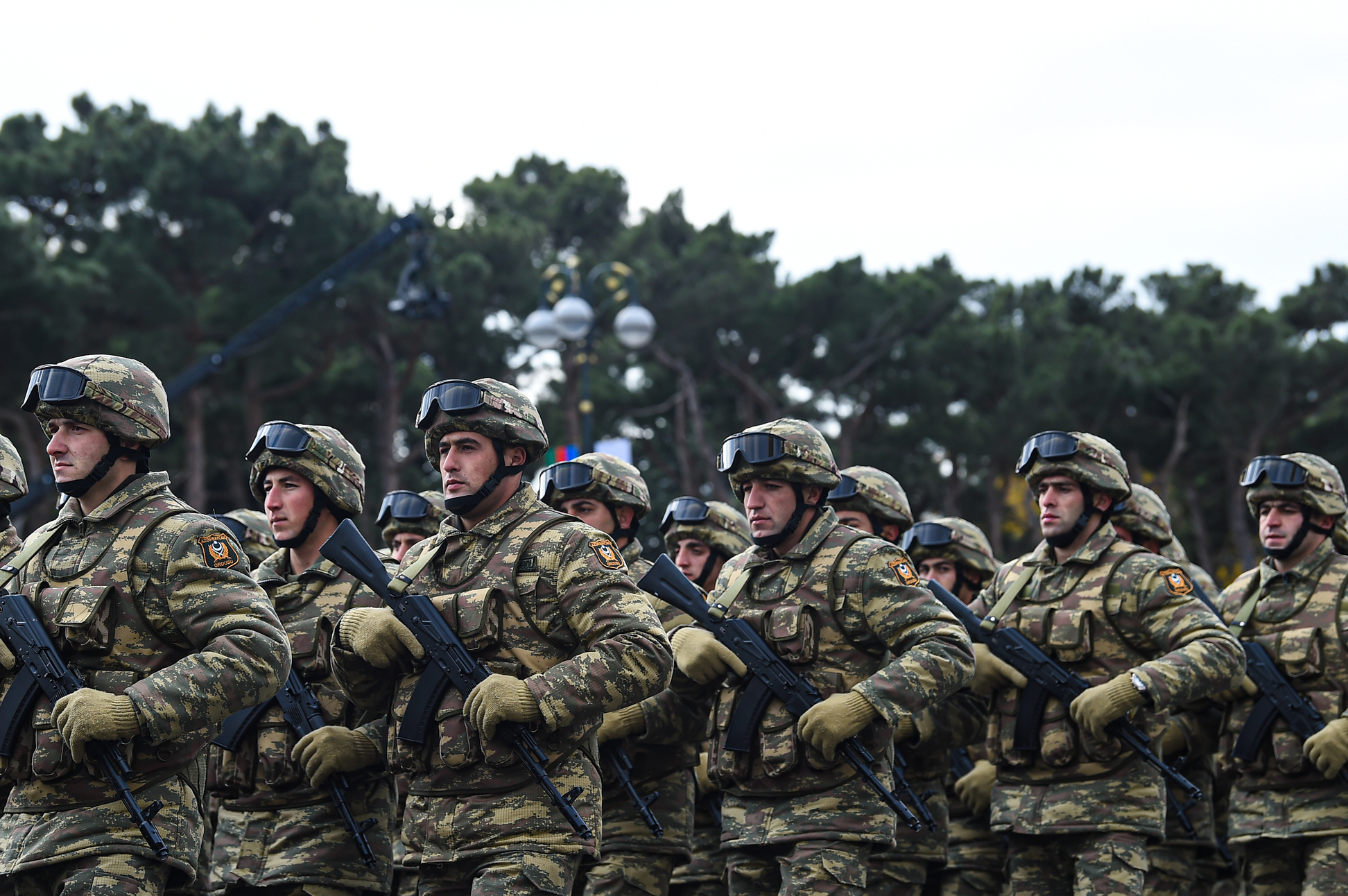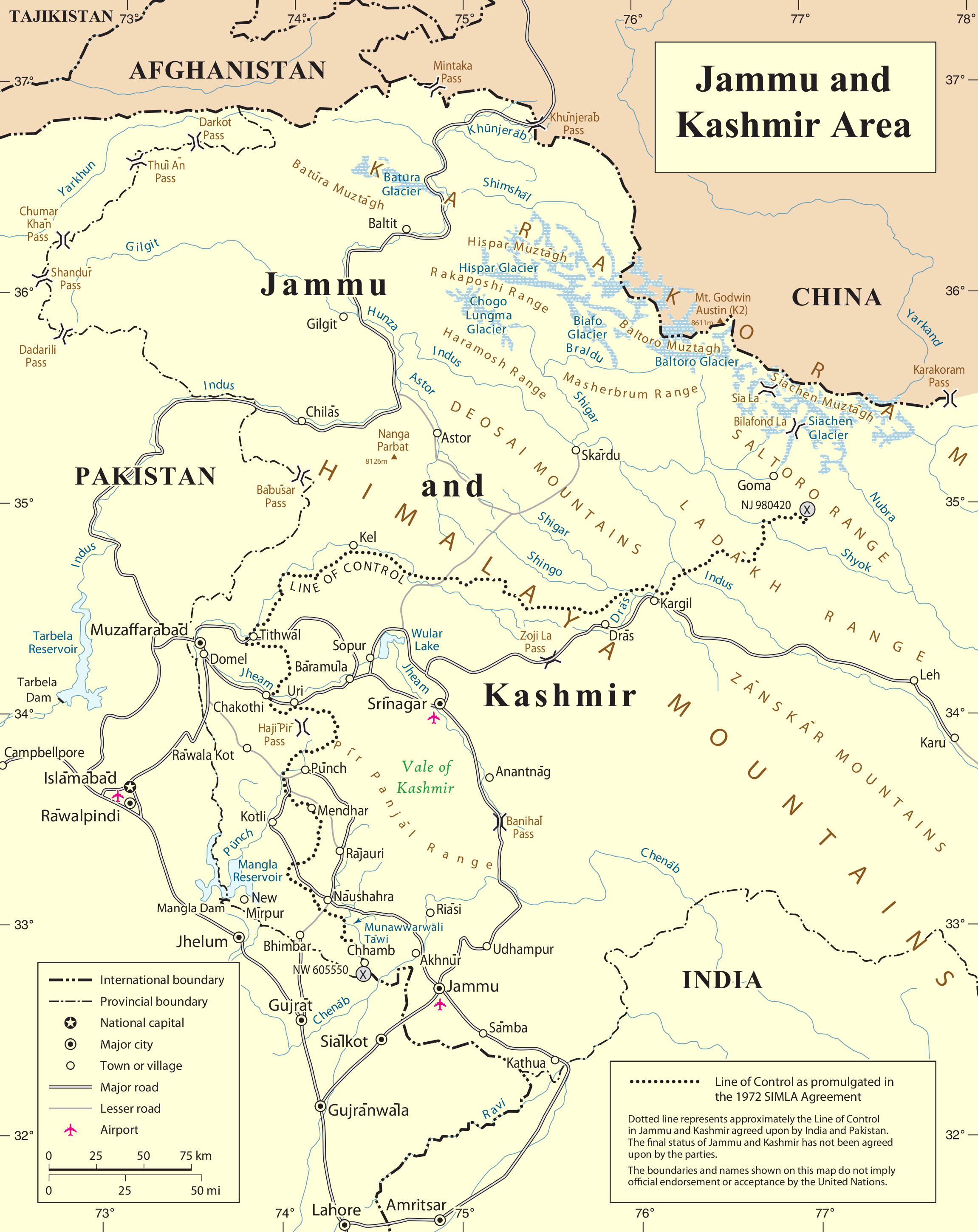|
Indian Army
The Indian Army (IA) (ISO 15919, ISO: ) is the Land warfare, land-based branch and largest component of the Indian Armed Forces. The President of India is the Commander-in-Chief, Supreme Commander of the Indian Army, and its professional head is the Chief of the Army Staff (India), Chief of the Army Staff (COAS). The British Indian Army, Indian Army was established on 1 April 1895 alongside the long established presidency armies of the East India Company, which too were absorbed into it in 1903. Some princely states maintained their own armies which formed the Imperial Service Troops which, along with the Indian Army formed the land component of the Armed Forces of the Crown of India, responsible for the defence of the Indian Empire. The Imperial Service Troops were merged into the Indian Army after Independence of India, independence. The units and regiments of the Indian Army have diverse histories and have participated in several battles and campaigns around the world, earnin ... [...More Info...] [...Related Items...] OR: [Wikipedia] [Google] [Baidu] |
List Of Active Indian Military Aircraft
The Indian Armed Forces consists of Indian Army, Indian Navy, and Indian Air Force. These three arms and the Indian Coast Guard operate a combination of combat aircraft, combat, reconnaissance aircraft, reconnaissance, aerial refuelling, tanker, and transport aircraft, helicopters, and unmanned aerial vehicles. The Sukhoi Su-30MKI, Su-30MKI, assembled in India, forms the major inventory of the Indian combat aircraft. HAL Tejas, Tejas was the first indigenous fighter aircraft, which became part of the air force in 2015. Dassault Rafale, Rafale is the latest entry into the air force, having being inducted in July 2020. Other combat aircraft include the Russian MiG 21 and MiG 29, French Dassault Mirage 2000, Mirage, and British SEPECAT Jaguar, Jaguar aircraft. The armed forces operate a combination of various transport aircraft including tactical airlifter, tactical and strategic airlifters. Majority of this fleet is composed of the legacy Antonov An-32, Dornier 228, and Hawker Sid ... [...More Info...] [...Related Items...] OR: [Wikipedia] [Google] [Baidu] |
British Indian Army
The Indian Army was the force of British Raj, British India, until Indian Independence Act 1947, national independence in 1947. Formed in 1895 by uniting the three Presidency armies, it was responsible for the defence of both British India and the princely states, which could also have their own Imperial Service Troops, armies. As stated in the ''Imperial Gazetteer of India'', the "British Government has undertaken to protect the dominions of the Native princes from invasion and even from rebellion within: its army is organized for the defence not merely of British India, but of all possessions under the suzerainty of the Emperor of India, King-Emperor." The Indian Army was a vital part of the British Empire's military forces, especially in World War I and World War II. The Indian Presidencies and provinces of British India, Presidency armies were originally under East India Company command, and comprised the Bengal Army, Madras Army, and Bombay Army. After the Indian Rebellion ... [...More Info...] [...Related Items...] OR: [Wikipedia] [Google] [Baidu] |
Army
An army, ground force or land force is an armed force that fights primarily on land. In the broadest sense, it is the land-based military branch, service branch or armed service of a nation or country. It may also include aviation assets by possessing an army aviation component. Within a national military force, the word army may also mean a field army. Definition In some countries, such as France and China, the term "army", especially in its plural form "armies", has the broader meaning of armed forces as a whole, while retaining the colloquial sense of land forces. To differentiate the colloquial army from the formal concept of military force, the term is qualified, for example in France the land force is called , meaning Land Army, and the air and space force is called , meaning Air and Space Army. The naval force, although not using the term "army", is also included in the broad sense of the term "armies" — thus the French Navy is an integral component of the collect ... [...More Info...] [...Related Items...] OR: [Wikipedia] [Google] [Baidu] |
2016–2018 India–Pakistan Border Skirmishes
The 2016–2018 India–Pakistan border skirmishes were a series of armed clashes between India and Pakistan, mostly consisting of heavy exchanges of gunfire between Indian and Pakistani forces across the '' de facto'' border, known as the Line of Control (LoC), between the two states in the disputed region of Kashmir. The skirmishes began after India stated that it had conducted surgical strike against militant launch pads within the Pakistani-administered territory of Azad Jammu and Kashmir on 29 September 2016. Pakistan rejected the reports that any deep strike had taken place, stating that Indian forces had only engaged in a gunfight with Pakistani troops at the LoC without crossing over into Pakistani territory, an engagement that reportedly resulted in the deaths of two Pakistani soldiers and the wounding of nine. Pakistan also rejected India's claims that there had been additional casualties. Following this, Pakistani sources reported that in the 29 September skirmi ... [...More Info...] [...Related Items...] OR: [Wikipedia] [Google] [Baidu] |
2014–2015 India–Pakistan Border Skirmishes
The 2014–2015 India–Pakistan border skirmishes were a series of armed clashes and exchanges of gunfire that first began between the India's Border Security Force and the Pakistan Rangers: the border patrolling forces of both nations, responsible for patrolling the India-Pakistan border), but quickly escalated in to exchange along the Line of Control (LoC) in the disputed Kashmir region between Indian Army and Pakistan Army. Tensions began in mid-July 2014, with both countries' military officials and media reports giving different accounts of the incidents and accusing each other of initiating the hostilities. The situation deteriorated in October of that year, when Indian Minister of Defence Arun Jaitley urged Pakistan to stop "unprovoked" firing and warned that the response by India would be "unaffordable". On 12 October 2014, Pakistani national security adviser Sartaj Aziz, sent a letter to the United Nations secretary-general Ban Ki-moon appealing for a resolution ... [...More Info...] [...Related Items...] OR: [Wikipedia] [Google] [Baidu] |
2013 India–Pakistan Border Skirmishes
The 2013 India–Pakistan border skirmishes was a series of armed skirmishes along the Line of Control (LoC) in the disputed Kashmir area. Starting from the mid-January 2013, they have been described as the "worst bout of fighting in the region in nearly 10 years". It began on 6 January 2013, when according to Pakistani reports Indian forces attacked a Pakistani border post, killing one soldier. Indian authorities claimed the incident as a retaliation against preceding Pakistani ceasefire violations, but denied having crossed the demarcation line. In a second skirmish on 8 January, Indian authorities said that Pakistani forces crossed the LoC, killing two Indian soldiers. The incident sparked outrage in India and harsh reactions by the Indian army and government over the news that the body of one of the soldiers had been beheaded. Pakistan denied these reports. On 15 January, a third skirmish reportedly led to the death of another Pakistani soldier. After talks between Lieutena ... [...More Info...] [...Related Items...] OR: [Wikipedia] [Google] [Baidu] |
2008 India–Pakistan Standoff
After the 2008 Mumbai attacks,Accused in India massacre claims ties to Pakistani secret service ''The Globe and Mail'', 11 April 2011 11:15 pm EDT and the ISI were believed by to be directly responsible for the attacks, leading to strained relations between the two countries for a period of time. An Anti-Pakistani sentiment als ... [...More Info...] [...Related Items...] OR: [Wikipedia] [Google] [Baidu] |
Kargil War
The Kargil War, was fought between India and Pakistan from May to July 1999 in the Kargil district of Ladakh, then part of the Indian-administered state of Jammu and Kashmir (state), Jammu and Kashmir and along the Line of Control (LoC). In India, the conflict is also referred to as Operation Vijay (, ), which was the codename of the Indian military operation in the region.It is also sometimes referred to as Operation Vijay Kargil so as to distinguish it from Operation Vijay (1961), Operation Vijay, the 1961 operation by the Indian Armed Forces, military of India that led to the capture of Goa, Daman and Diu and Anjidiv Islands. The Indian Air Force acted jointly with the Indian Army to flush out the Pakistan Army and paramilitary troops from vacated Indian positions along the LoC, in what was designated as Operation Safed Sagar (, ). The conflict was triggered by the infiltration of Pakistani troops—disguised as Insurgency in Jammu and Kashmir, Kashmiri militants—into stra ... [...More Info...] [...Related Items...] OR: [Wikipedia] [Google] [Baidu] |
Siachen Conflict
The Siachen conflict, sometimes referred to as the Siachen Glacier conflict or the Siachen War, was a military conflict Indo-Pakistani wars and conflicts, between India and Pakistan over the disputed Siachen Glacier region in Kashmir. The conflict was started in 1984 by India's successful capture of the Siachen Glacier as part of Operation Meghdoot, and continued with Operation Rajiv in 1987. India took control of the Siachen Glacier and its tributary glaciers, as well as all the main passes and heights of the Saltoro Mountains, Saltoro Ridge immediately west of the glacier, including Sia La, Bilafond La, and Gyong La. Pakistan controls the glacial valleys immediately west of the Saltoro Ridge. A cease-fire went into effect in 2003, but both sides maintain a heavy military presence in the area. The conflict has resulted in thousands of deaths, mostly due to natural hazards. External commentators have characterized it as pointless, given the perceived uselessness of the territor ... [...More Info...] [...Related Items...] OR: [Wikipedia] [Google] [Baidu] |




